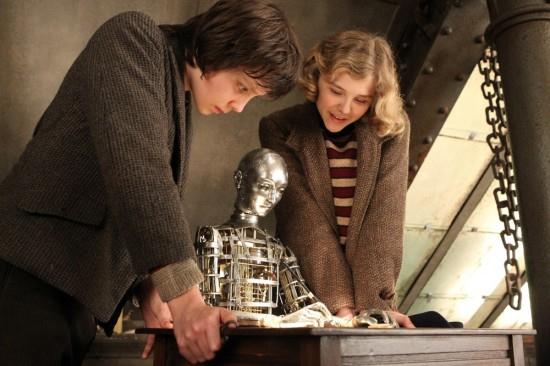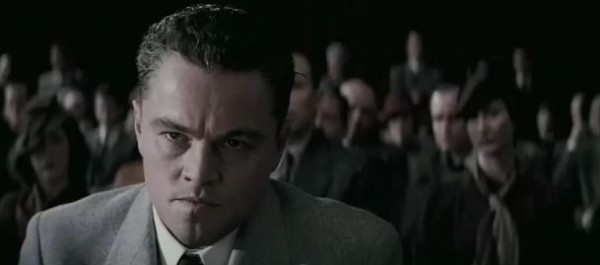What’s the most number of people you’ve ever watched porn with? None? Five? 10? More?
How about 200?
Last night I saw a special screening of “The Stewardesses,” a 1969 sexploitation film shown in 3-D. The exploitation genre is an expansive one of many forms of horror, action and campy comedy, but in an article I wrote for the IDS Weekend here, I said that some of these sexploitation films “bordered on soft and hardcore pornography.”
 There’s nothing “bordered” about “The Stewardesses,” a full-fledged softcore adult film with flashes of a plot (amongst more gratuitous flashes of other things) so that it could be slightly more accessible to a wider audience, despite the fact that it had a self-assigned X-rating in the then new MPAA rating system that restricted it to select grindhouse theaters.
There’s nothing “bordered” about “The Stewardesses,” a full-fledged softcore adult film with flashes of a plot (amongst more gratuitous flashes of other things) so that it could be slightly more accessible to a wider audience, despite the fact that it had a self-assigned X-rating in the then new MPAA rating system that restricted it to select grindhouse theaters.
The movie is a barrel of laughs and has enough moments of unadulterated sex that aren’t exactly thought provoking. But there’s a temptation to not want to analyze the movie, simply because it is so fun. But “The Stewardesses” is important in one of two ways. It is firstly a cinematic relic and time capsule, and it is secondly an example of how people react to pornography in group settings.
“The Stewardesses’s” place in history is a peculiar one. In 1969, it was the first 3-D adult film ever made.
And believe it or not, it was more profitable than “Avatar.” Made for merely $100,000, it grossed $25 million worldwide, and with a profit of 250 times more than its budget, it is still the most profitable 3-D film ever made.
Although, the film’s box office performance is not exactly a good indicator of the film’s quality. It’s quite bad actually, in a wonderfully campy and fun way.
In terms of film, it’s poorly photographed (even for a porno, with crucial body parts often poorly cut out), the 3-D is a laughable gimmick (typically with feet, pool cues, cups and not boobs poking out of the frame), the story is flimsy and inserted at the front and back ends of the numerous sex scenes in between, and the dialogue is corny, blunt and awkward in the best way possible.
In terms of pornography, it’s even dated on our standards. Male genitalia and even the image of penetration were strictly off limits and would not even become legal until a few years later. At one point, a stewardess is tripping on acid (“The whole house to myself. Well if my parents are on a trip, maybe I should take a trip too. I can do acid!”) and picks up a lamp with a bust in the shape of a head from what looks like a Greek statue. A woman in the audience said “uh oh” and seemed to telegraph her dirty thought that this character would be shoving the top of that phallic lamp where it didn’t belong.
Although strangely, that may have been less odd and shocking than what actually happened, in which this naked woman began making out with the lamp as bad special effects flashed colored silhouettes of a man having sex with her, suggesting her mind trip.
It’s these sort of outbursts and reactions that make exploitation films so much fun. Watching it in a group setting, a good number of chuckles were had at the expense of pilot Brad Masters (what a great porn name) or the lesbian Jo Peters, who made a hilariously bad attempt to convince one woman to strip down to imagine she was swimming.
Another audience might get particularly quiet or be shocked at the hardcore stuff we see today, but the tame rubbing and kissing that makes up these softcore films elicits a whole different reaction. It doesn’t help that many of the sex scenes are not filled with erotic grunting and moaning but rather gentle elevator music, Indian mantras or other eerie soundtracks.
Contemporary audiences perhaps have never seen something like this, least of all in a group setting as large as this one and given the pervasive amounts of porn on the Internet, which I need not go into any further.
But “The Stewardesses” was not one of its kind in the 60’s and it was not the last either. Other sex films about women in actual jobs followed this one, rather than more films in which women were merely punished and abused for lurid amusement. And many received equally large distribution and attracted huge crowds of people.
The fact of the matter is, that type of audience does not exist any longer. The audience I saw it with maybe did act like teenage boys, but they were all mature film students looking to watch an amusing relic of cinema. I can only imagine what a screening of this would be with an ordinary audience, but those groups have dissipated to bedrooms and basements, and that fun has gone away from the movies.
Short of recommending that I’d rather see porn than “Jack and Jill” in the multiplex, I don’t really know what to do with that information, but I can recommend that if you are given the opportunity to see “The Stewardesses” in a setting such as I did, do so.




